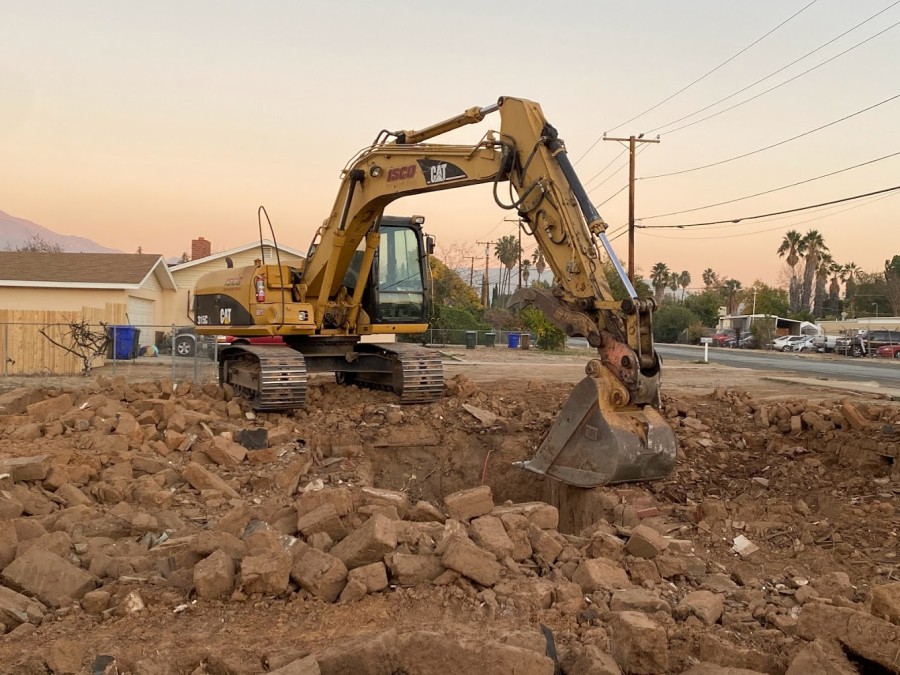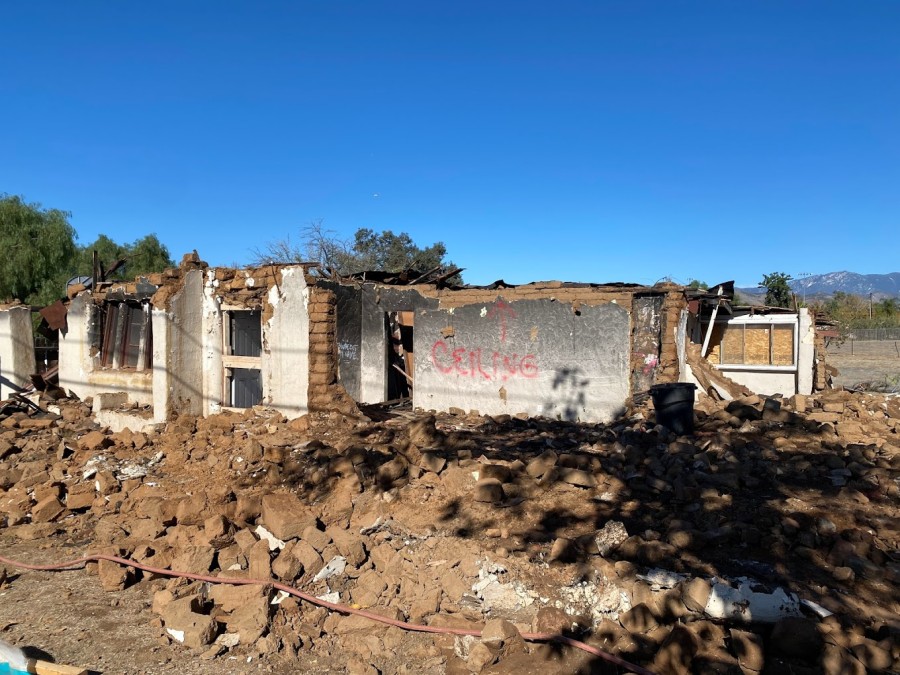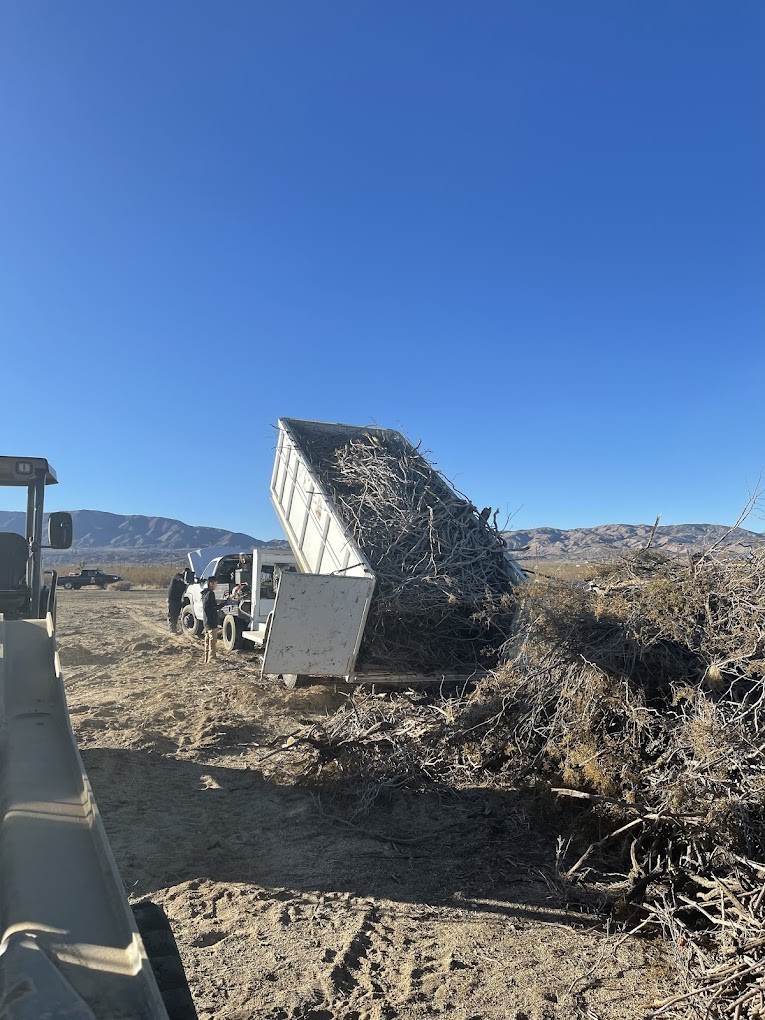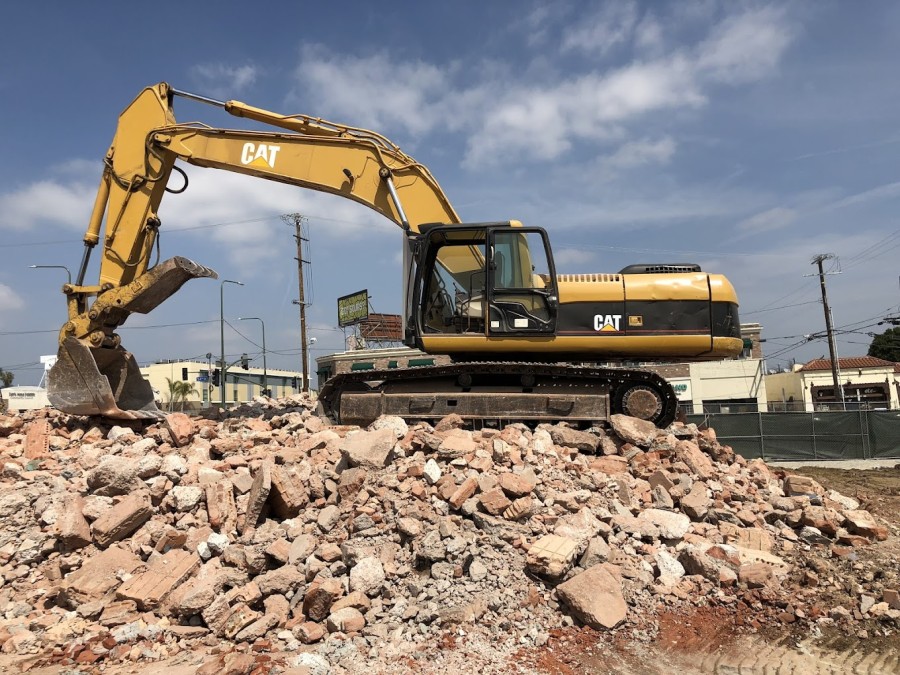A+ Demo, Inc.
As a family-owned business with 20+ years of experience, A+ Demo, Inc. leads the way in demolition for all types of projects—residential, commercial, and industrial.... more
APT General Engineering
Serving Southern California since the late 1970s, APT General Engineering is the experienced choice in demolition and wrecking services. We have the right equipment and... more
KRS Land Development Inc
For top-notch commercial demolition services in the greater Los Angeles area, look no further than KRS Land Development Inc. Since 1987, we have been a licensed... more
Right Now Dumpster Rentals
Right Now Dumpster Rentals was created because we saw a need for fast, reliable, and cost-efficient demolition and dumpster rental services in the greater Porterville,... more
Weber-Madgwick, Inc.
When commercial businesses and contractors need a quality demolition or excavation service, they call Weber-Madgwick, Inc., to get the job done. We have been one... more
West Coast Waste Removal & Dumpster Rentals
West Coast Waste Removal & Dumpster Rentals is here to tackle your next light demolition project. Commercial customers turn to us when they need to reclaim... more
Nearby Places for Commercial Demolition
Commercial Demolition Tips for North Edwards, CA
What is the fastest form of commercial demolition?
Explosions or implosions are easily the quickest way to demolish a commercial demolition, but due to the risks involved, mechanical demolition is the safest way to get work done quickly. Mechanical demolition involves using heavy machinery, like excavators or bulldozers, as well as impressive technology for accuracy and safety. This method of demolition is quick, efficient, and moderately priced. Because of this, it is easily the most popular demolition method for both commercial and residential structures.
Who can perform commercial demolition?
Under the Asbestos Hazard Emergency Response Act, any contractor, supervisor, worker, inspector, or otherwise that works with asbestos-containing building materials in a commercial building must be accredited by the EPA Model Accreditation Plan or by an equally rigorous training program. In addition, because commercial demolition requires great care and knowledge, it shouldn't be taken on by just anyone. With Hometown Demolition, you can get quotes from as many contractors in your areas as you'd like. You can read their company profiles, see what other customers have to say about their services, and more.
Learn more: Commercial Demolition Overview from Prep to Cleanup



